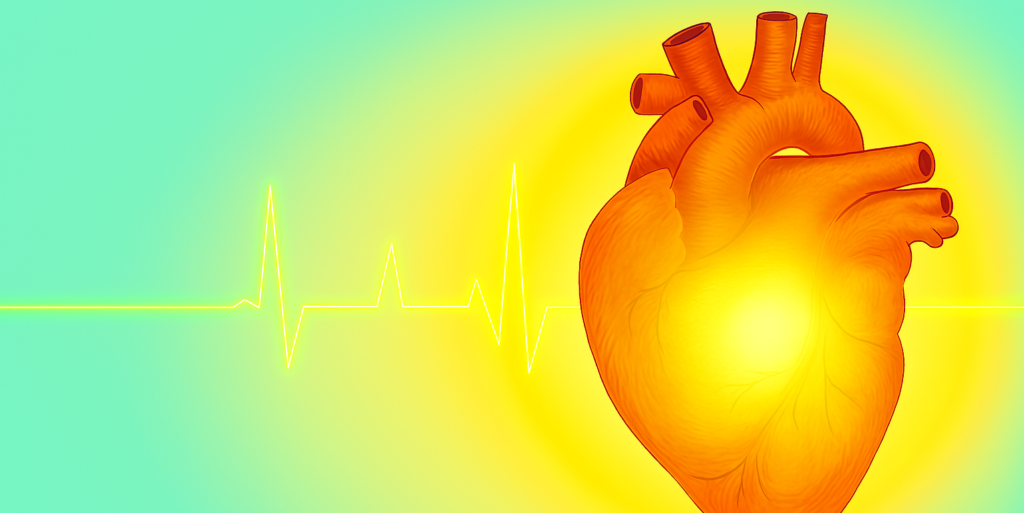Read time 4 minutes
A Heart Attack at 28
Most people think heart disease is something that happens in old age. But for Aria, a 28-year-old teacher, her first heart attack came before she even turned 30. She was young, active, and had no obvious risk factors. What she didn’t know was that she was living with a rare genetic heart condition called Familial Hypercholesterolemia (FH).
My First Signs: A Hidden Danger
I was always health-conscious. I ate balanced meals, avoided junk food, and even practiced yoga. But I often felt unusually tired and sometimes experienced chest tightness after climbing stairs.
Doctors initially brushed it off as stress.
The real shock came when a routine blood test revealed that my LDL cholesterol was four times higher than normal.
My Diagnosis
Further genetic testing confirmed the diagnosis: Familial Hypercholesterolemia (FH). It is a rare inherited condition where the body cannot remove LDL (“bad”) cholesterol from the blood.
There are two forms:
- Heterozygous FH (HeFH): This is more common among the two. It affects 1 in 250 people.
- Homozygous FH (HoFH): This one is extremely rare. It affects 1 in a million and causes heart disease in childhood or early adulthood.
I had Homozygous FH, the severe form. This explained why my arteries were already showing dangerous blockages at such a young age.
Living with FH: My Daily Challenges
Familial Hypercholesterolemia (FH) is often called a silent killer and for good reason. It doesn’t cause obvious symptoms until the damage is already underway. For me, the diagnosis wasn’t just a medical label; it was a turning point that reshaped every part of my daily life.
Strict Medication
Managing FH means living with a pharmacy in your pocket. High-dose statins became my baseline, but they weren’t enough.
Newer drugs like PCSK9 inhibitors were added to the mix. They are powerful injections designed to bring my cholesterol down to safer levels. Each pill and injection is a reminder that my body needs constant intervention to stay alive.
Regular Hospital Visits
Unlike most people who check their cholesterol once a year, I have to filter mine out of my blood.
LDL apheresis, an hours-long procedure similar to dialysis. It became part of my routine. Sitting in a hospital chair while machines cleaned my blood is both humbling and exhausting. It’s not just the time it takes, but the emotional weight of knowing this is a lifelong commitment.
Strict Lifestyle Adjustments
FH doesn’t give you the luxury of cheat days.
Every meal is a calculation: less oil, more fiber, lean proteins, and heart-healthy fats. Exercise isn’t optional, it’s medicine.
Even stress management becomes a prescription, because anxiety and tension can push the heart closer to danger. My lifestyle isn’t about chasing fitness goals; it’s about survival.
Emotional Toll
Perhaps the hardest part is invisible.
The fear of another heart attack lingers like a shadow. Even on good days, there’s a quiet voice in the back of my mind asking, “Is my heart strong enough for this?”
Living with FH for me means carrying that uncertainty everywhere, into work, relationships, and even moments of joy.
My Emotional Journey
“The hardest part wasn’t the treatment, it was explaining to people why I, at 28, had heart disease.”
Friends often said, “But you look so healthy.” That invisibility made her feel isolated. But connecting with rare disease support groups online gave her strength. She realized she wasn’t alone, there were others fighting the same battle.
Why Awareness Matters
My story highlights the importance of early screening.
FH often runs in families, but many people don’t know they carry the gene until tragedy strikes. If one parent has FH, there’s a 50% chance their child will inherit it.
Awareness can save lives by:
- Encouraging family screening
- Promoting early lifestyle changes
- Ensuring timely treatment before heart damage occurs
My Treatment and Hope
While FH cannot be cured, treatments are improving.
New therapies, genetic research, and advanced cholesterol-lowering drugs are giving patients like me a chance at longer, healthier lives.
She now advocates for genetic testing and awareness campaigns, urging young people to take cholesterol checks seriously.
Key Takeaways for Readers
- Rare heart diseases like FH can affect young, healthy-looking people.
- Early diagnosis and treatment are critical.
- Family history matters, if heart disease runs in your family, get tested.
- Patient stories like mine can help reduce stigma and spread awareness.
I am Turning My Struggle into Strength
My journey is not just about surviving a rare heart disease. It’s about transforming fear into advocacy.
By sharing my story, I hope to inspire others to listen to their bodies, ask questions, and never ignore unusual symptoms.
My message is simple: “Don’t wait for your heart to shout. Listen when it whispers.”
DISCLAIMER
This blog reflects personal experiences and viewpoints. It is not a substitute for professional medical advice.


